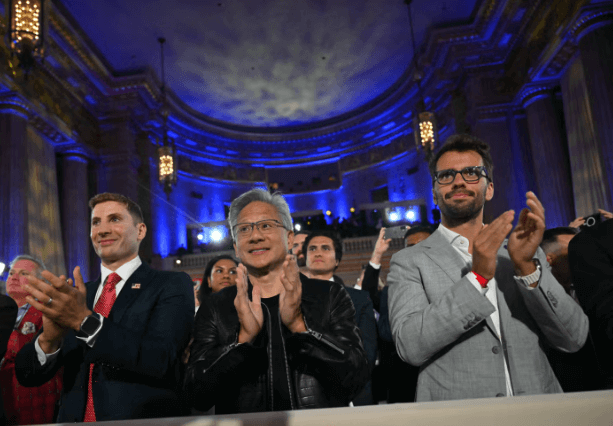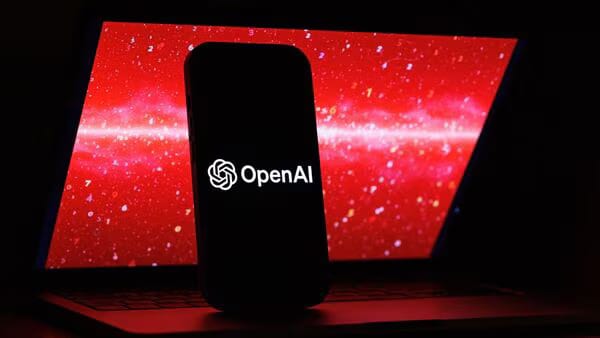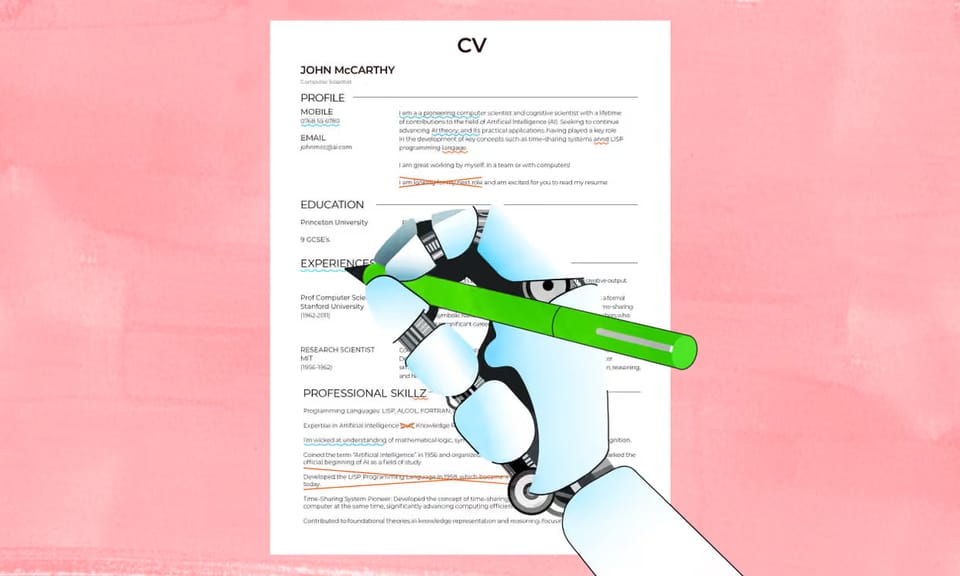What Does It Mean When Two Fierce Rivals Link Arms Behind a President?


Imagine if Coke and Pepsi suddenly held a joint press conference to say, “You know what? We actually love the same government policy. We’re both on board.”
That’s basically what just happened, but in the multibillion-dollar world of AI chips, not soda. In a move that has tech insiders, investors, and maybe even a few political strategists blinking twice, the CEOs of Nvidia and AMD, two companies that usually treat each other like cats in a bathtub just publicly backed President Trump’s new “AI Action Plan.” And they didn’t just quietly nod, they praised it. Loudly.
On July 24, 2025, Trump unveiled his "Winning the AI Race", America’s AI Action Plan in Washington, D.C. It was all about removing red tape, green-lighting massive infrastructure projects, and making sure America doesn’t fall behind in the global AI arms race.
The plan focuses on three things: (1) making it way easier to build data centers and chip plants, (2) boosting energy access to power these AI giants, and (3) making sure the AI being built isn’t, in Trump’s words, “woke.”
Jensen Huang (CEO of Nvidia) and Lisa Su (CEO of AMD), two of the most powerful people in the AI hardware world. These two don’t usually agree on anything; they’re like the Tom and Jerry of the semiconductor industry. Nvidia makes the AI chips that everyone from Microsoft to OpenAI is scrambling to buy. AMD is its main challenger, constantly pushing out its own powerful processors and trying to eat Nvidia’s lunch. The only time they’ve shared headlines together? Usually, when one is beating the other at something.
So when both of them flew to D.C. and essentially gave Trump’s AI plan a standing ovation, that raised eyebrows.
Why would two enemies seem to join forces? Simple: this plan benefits them both in huge ways. Trump’s policies, if implemented, would allow Nvidia to restart shipments of its high-powered AI chips to China, something the Biden administration restricted. That’s a multi-billion-dollar boost overnight.
AMD, which has its own export hurdles and licensing delays, would benefit too. Plus, streamlining data center construction means faster deployment of the very chips they sell. And if the government is committing to not interfere too much in the development of AI models (at least when it comes to political ideology), that’s another green light for companies that just want to move fast and break things with fewer meetings about “ethical alignment.”
But this isn’t just about chipmakers getting richer. This is a national moment where AI, business, and politics have officially merged into one spicy, complicated casserole. If you’re a CEO or Founder, this tells you that AI strategy is no longer just about talent and GPUs. It’s now tied to government policy, regulatory mood swings, and geopolitical chess.
If you’re a VP or department lead, your team’s infrastructure, budget, or ability to access certain tools could change depending on which direction Washington leans. There might be more data center capacity near you. Or suddenly, your access to NVIDIA chips gets easier. Or maybe there are new federal grants aimed at "patriotic" AI startups. Whatever the case, this is no longer just "the CTO’s problem." It’s yours too.
For the everyday American, it’s okay if this all sounds like tech jargon soup. But understand this: the AI models deciding what shows up in your news feed, what your kids are taught in school, or how your insurance claim is reviewed, all those are being built on hardware from Nvidia and AMD.
And now, that hardware and how it's deployed is being shaped by who’s in office. More AI means more automation, more job shifts, more “smart” everything. It affects whether your cousin gets that data center job in Iowa, whether your local hospital adopts AI diagnostics, or whether your small business can afford new AI tools to compete.
Let’s not forget investors and shareholders. This political backing isn’t just lip service. It could fuel market movement. If policies ease exports and lower infrastructure costs, chip stocks could skyrocket. Entire sectors could be reshaped. Are you invested in tech? You probably are, even if it’s just through your retirement account. That bump (or drop) in your portfolio? It might come from something said on a podium in D.C.
So why should you care that two historic business rivals showed up together to back Trump? Because when people who normally can’t agree on lunch start cheering for the same thing, it means there’s real money, real power, and real change in play. It’s not just about who sells more chips. It’s about who gets to shape the future of AI, of work, of daily lives in America. And the answer is increasingly being decided not in Silicon Valley, but in Washington, D.C.
What do you think about this moment? Are you excited? Worried? Intrigued?
Reply and share your thoughts, I’d love to hear how you’re seeing this unfold.
- Matt Masinga
*Disclaimer: The content in this newsletter is for informational purposes only. We do not provide medical, legal, investment, or professional advice. While we do our best to ensure accuracy, some details may evolve over time or be based on third-party sources. Always do your own research and consult professionals before making decisions based on what you read here.




